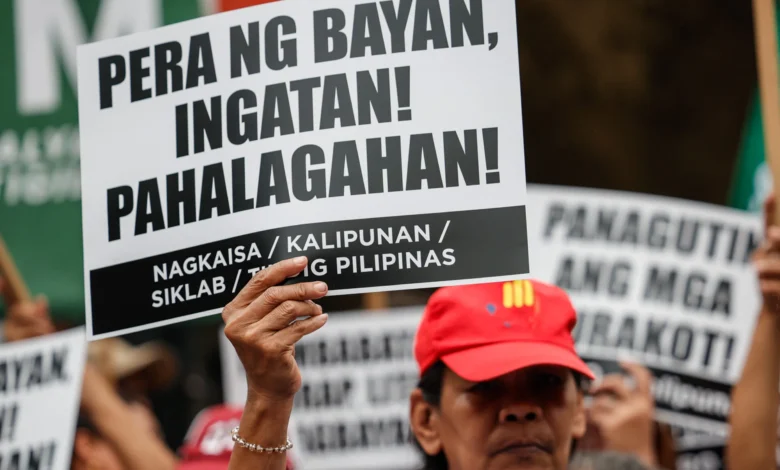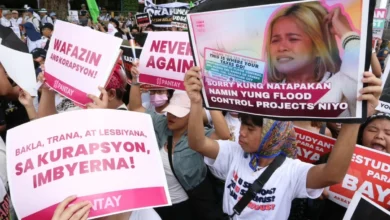
Corruption in Government Spending: Where Does Our Money Really Go?
A position paper published by the Ateneo School of Government (ASOG) details how corruption in government spending diverts resources from essential services and undermines public trust. Billions of pesos are being funneled into questionable projects while urgent needs in education, health, and social protection remain underfunded.
1. Flood Control Anomalies
From 2015 to 2025, the flood control budget rose sharply from ₱42B to ₱254.3B, with total allocations potentially reaching ₱496.3 with insertions. This program now accounts for 32.1% of the DPWH’s ₱1T budget, surpassing education despite the Constitution’s mandate that schooling should receive top priority.
Flood control spending is also higher than the budgets of key agencies like DSWD (₱230.1B), DOH (₱223.2B), DOTr (₱180.9B), and DA (₱129B). Meanwhile, the education sector faces a backlog of 160,000 classrooms, with 70% of schools in poor condition. These figures raise concerns about both priorities and accountability in infrastructure spending.
2. What Development?
Budget realignments show cuts for agencies that directly serve agriculture, labor, and transport—NIA (₱23.2B), DA (₱22.4B), DOLE (₱18B), and DOTr (₱16.7B). By contrast, the DPWH gained ₱94.3B, alongside additional allocations for funds vulnerable to political influence such as the LGSF (₱7.2B) and the MMDA (₱3.4B).
At the same time, public borrowing now covers 40% of the national budget. By mid-2025, national debt reached ₱16.75T, equivalent to 63.1% of the GDP, with interest payments absorbing an increasing share of resources that could have gone to basic services.
3. Dubious Poverty Reduction
Poverty-fighting programs (4Ps, PhilHealth) suffered significant budget cuts in 2025, losing ₱94.3B (including ₱50B from 4Ps) and a complete wipeout of PhilHealth’s ₱74.4B subsidy. Conversely, billions were reallocated to programs like AKAP, MAIFID, AICS, and TUPAD.
Unlike 4Ps and PhilHealth, these programs lack transparent beneficiary targeting and conditions, giving politicians greater discretion in distribution. This shift risks weakening long-term poverty reduction efforts and increasing the role of patronage in social assistance.
4. Complicit, Corrupt Offices
This year’s budget diversions led to a significant increase in funds for the House of Representatives (₱17.3B), the Office of the President (₱5B), and the Senate (₱1B). Compared to 2016, the OP grew by 461%, the Senate by 275%, and the HoR by 280%.
These increases translate to millions of pesos in annual costs per official, raising questions about transparency and oversight, particularly with confidential funds. Addressing corruption in government spending will require greater accountability at the top, not only in line agencies.
READ: Yup, Corruption Doesn’t Even Bother to Hide Anymore
The data shows how corruption in government spending weakens education, health, and social protection while expanding questionable budgets elsewhere. So to restore public trust, leaders must ensure transparency, accountability, and spending that truly reflects the people’s priorities.




